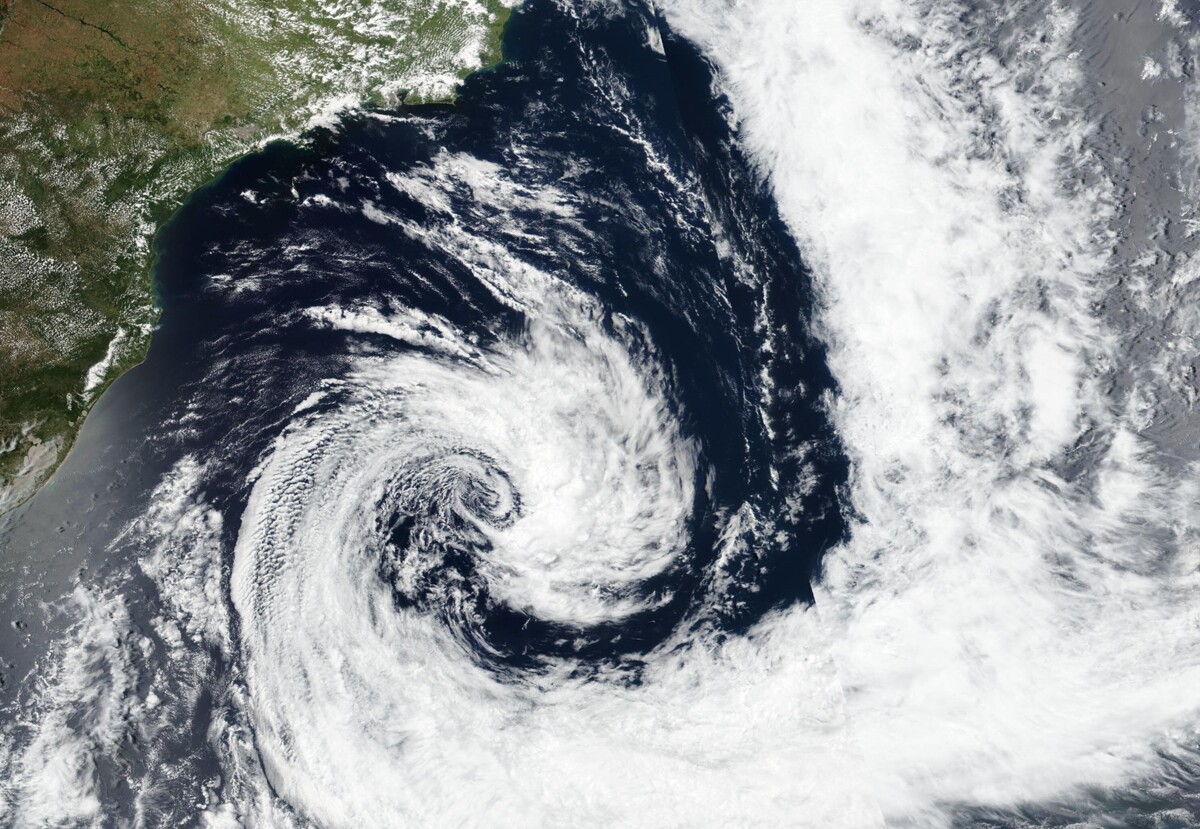
The National Hurricane Center of the United States (NHC) has published a new entry on its blog "Inside the Eye" about rip currents as a hidden danger of hurricanes. According to the NHC, the formation of up to 36 tropical systems is expected in the 2025 season, both in the Atlantic and the Pacific. It is recommended to follow the Civil Protection recommendations.
For this hurricane season, the NHC will provide a rip current risk viewer in the United States whenever there is an active tropical cyclone. It is characterized by the presence of dense clouds, heavy rainfall, and strong winds, according to civil protection authorities in Mexico. With the approach of the start of the hurricane season and the arrival of Alvin, it is advised to stay informed through official sources such as the National Meteorological Service (SMN), the National Water Commission (Conagua), the Meteorology Directorate of the Navy Secretariat (SEMAR), and the National Hurricane Center (NHC).
In the Pacific, 19 systems are expected, including 1 tropical depression, 8 tropical storms, 6 category 1 hurricanes, and 4 intense hurricanes, category 3 to 5. On the other hand, in the Atlantic, the first anticipated system will be named 'Andrea'.
The NHC indicated that the eastern Pacific tropical cyclone season could start as early as Thursday, May 15, with the development of a system called 'Alvin'. Although there is no official date, 'Alvin' could be the first tropical cyclone of the year with a significant impact on Mexican territory.
Meteorological authorities in Mexico indicate that 'Alvin' could affect several states in the country, including the Baja California Peninsula, Sonora, Sinaloa, Nayarit, Colima, Michoacán, Guerrero, Jalisco, and the Gulf of Tehuantepec region, covering areas of Oaxaca and Chiapas. Rip currents, it is noted, are the third highest cause of fatalities in the U.S. due to tropical cyclones.














